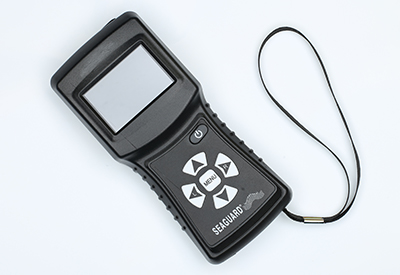MEASURING CORROSION ON BOATS AND OTHER MARINE STRUCTURES

Feb 6, 2018
Detecting the threat of electrolysis and corrosion is an important step for any owner.
Vessels in seawater produce galvanic reactions that cause corrosion of metals. A metal’s natural electrical potential will flow through the hull when the hull contains different metals. The most active metal discharges electrical current to the other metal, cycling the current back through the seawater causing the most active metal to corrode.
To combat this natural corrosion, the hulls and structures in seawater will have sacrificial metals attached to them such as Zinc or Aluminum. By attaching these metals to the metallic structure or hull, the sacrificial metal becomes the anode and the structure or hull becomes a cathode which cannot corrode while the anode is in place. Once installed the anode will corrode, consume and lose metal over time which is why this corrosion protection system on a boat should be checked at regular intervals. Failure to do so can lead to loss of corrosion protection resulting in a costly and time-consuming repair.
The Seaguard Digital Corrosion Tester is a high-impedance voltage meter with a reference cell. The tester is specially designed to check the electrical potential of the hull at different locations on the hull while the boat is in seawater. Each reading is color-coded to indicate whether the boat is protected, under-protected, or overprotected.
The hand-held tester is easy to use with a quick response time. It also has quick release lock connectors for both the reference cell and the alligator clip to ensure you will never lose it. It is available in STANDARD model for Zinc reference cell (ZRE) or choose the PROFESSIONAL model for Silver and Silver Chloride (SSC) reference cell.
Visit Canada Metal Pacific Seaguard brand at: www.seaguardinternational.com
























